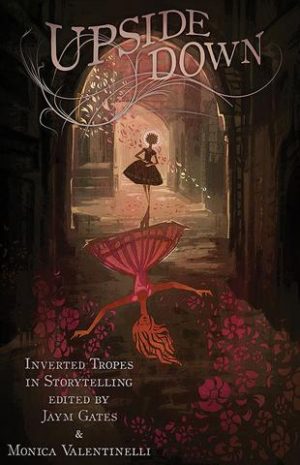The Intersection: IT

I’m a Stephen King fan. He’s not perfect. No writer is. To this day, I still love his work. Anyway, I read IT ages ago, and the book gave me nightmares. My experience with the book was mostly positive. Mostly. One of the things that I like about King is that his characters often choose to be their better selves under dire circumstances. Also, in The Stephen King-verse, violence isn’t always the answer. I adore that. Of course, this philosophy complicates the task of writing a satisfying ending. Audiences want to see the Big Bad™ roughed up. This is why employing “Love defeats Hate” isn’t a simple or easy way to write a story. And this is why the end of IT…stumbles. To make matters worse, the novel suffers from one of the worst tropes when it comes to female characters: the “Woman equals Love” trope, even the children’s part of the story. The newest movie has similar issues, but at least it didn’t involve raping an eleven/twelve year old girl. I do like the novel—just not that part of it. Which is why I was relieved it wasn’t in this movie. (Thank the gods.)
Book Review: Upside Down: Inverted Tropes in Storytelling, edited by Jaym Gates and Monica Valentinelli

Tropes get a lot of bad press even as we crave them. People expect the Happily Ever After for a romantic comedy, but the fiftieth inevitable betrayal by the mentor in an action movie gets seen as being cliched. Movie after movie gets made, and makes box office, with a Chosen One, especially as an origin story, and at the same cry decry it as being more of the same. The website TV Tropes is a time suck, as one can get lost for hours following links on various tropes in movies, books and more, falling into a rabbit hole of storytelling conventions. So what can be said that is new about tropes? How can they be used, subverted, and rearranged? Upside Down: Inverted Tropes in Storytelling, a diverse anthology and essay collection edited by Jaym Gates and Monica Valentinelli, sets out to do just that.

